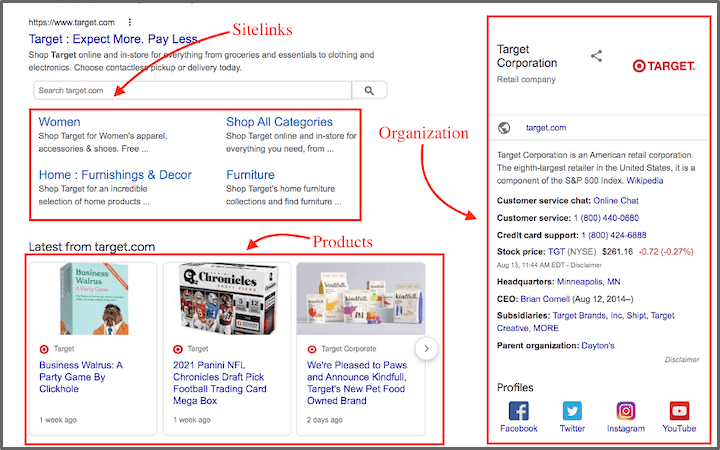In today’s digital landscape, having a website that stands out in search results is more crucial than ever. One way to enhance your website’s visibility and relevance is through schema markup. This powerful tool helps search engines better understand your content, making it easier for users to find what they’re looking for. But how is schema markup done, and where is it applied? This guide will walk you through everything you need to know.
What is Schema Markup?
Schema markup, also known as structured data, is a form of microdata that you can add to your website’s HTML. It helps search engines understand the content on your pages and return more informative results for users. Essentially, schema markup gives context to the content on your site, improving the way your pages are displayed in search engine results pages (SERPs).
Why is Schema Markup Important?
Schema markup is a critical component of SEO strategy. When implemented correctly, it can lead to rich snippets, which are enhanced search results that include additional information such as ratings, reviews, and event dates. These rich snippets can significantly increase your click-through rate (CTR) because they provide users with more information directly from the search results page.

How Schema Markup is Done
Now that you understand what schema markup is, let’s dive into how it’s done. Implementing schema markup might seem daunting at first, but with the right approach, it can be straightforward.
Choose the Right Schema Type
The first step in adding schema markup is selecting the appropriate schema type for your content. There are various types available, such as Article, Product, Event, Recipe, and many more. The type you choose should align with the content on your page.

Use Google’s Structured Data Markup Helper
Google offers a tool called the Structured Data Markup Helper, which makes it easy to generate schema markup for your site. Simply select the type of content you want to markup, enter the URL or HTML of your page, and start tagging the elements that you want to include in your schema.
Add the Generated Markup to Your HTML
Once you’ve generated the schema markup, the next step is to add it to your website’s HTML. You can do this manually or use a plugin if you’re using a content management system (CMS) like WordPress.
Test Your Schema Markup
Before publishing your changes, it’s essential to test your schema markup to ensure that it’s working correctly. Google’s Rich Results Test tool allows you to check if your markup is valid and see a preview of how it will appear in search results.
Where Schema Markup is Applied
Understanding where schema markup is applied is just as important as knowing how to implement it. Different types of schema markup are applied to various types of content on your website.

On Your Homepage
Your homepage is often the first point of contact between your site and potential visitors. Adding schema markup here can provide search engines with vital information about your business, such as your name, logo, contact information, and social media profiles.
Product Pages
If you run an eCommerce site, applying schema markup to your product pages is crucial. It helps display key product details such as price, availability, and customer reviews directly in search results, which can improve CTR and drive more sales.
Blog Posts and Articles
For content-rich sites, adding schema markup to blog posts and articles can help search engines better understand the topic and context of your content. This can lead to featured snippets, which appear at the top of the search results page, giving your content more visibility.
Event Pages
If you host events, using schema markup on your event pages can help those events show up in search results with the date, time, and location information prominently displayed.
Local Business Pages
For local businesses, schema markup is a must-have. It allows your business to appear in local search results with important details like address, phone number, and operating hours.
Common Mistakes to Avoid
While implementing schema markup is beneficial, there are common mistakes that you should avoid to ensure optimal results:

- Overlooking Testing: Always test your schema markup using Google’s tools to ensure it’s correctly implemented.
- Using Incorrect Schema Types: Make sure to choose the correct schema type for your content to avoid confusion for search engines.
- Not Keeping Up with Updates: Schema markup evolves, so it’s important to stay updated with the latest types and guidelines.
Conclusion
Understanding how schema markup is done and where it is applied is key to enhancing your website’s visibility in search results. By following the steps outlined in this guide, you can implement schema markup effectively and apply it to the right areas of your website. Doing so will not only improve your SEO but also make your site more user-friendly, helping you attract and retain more visitors.








